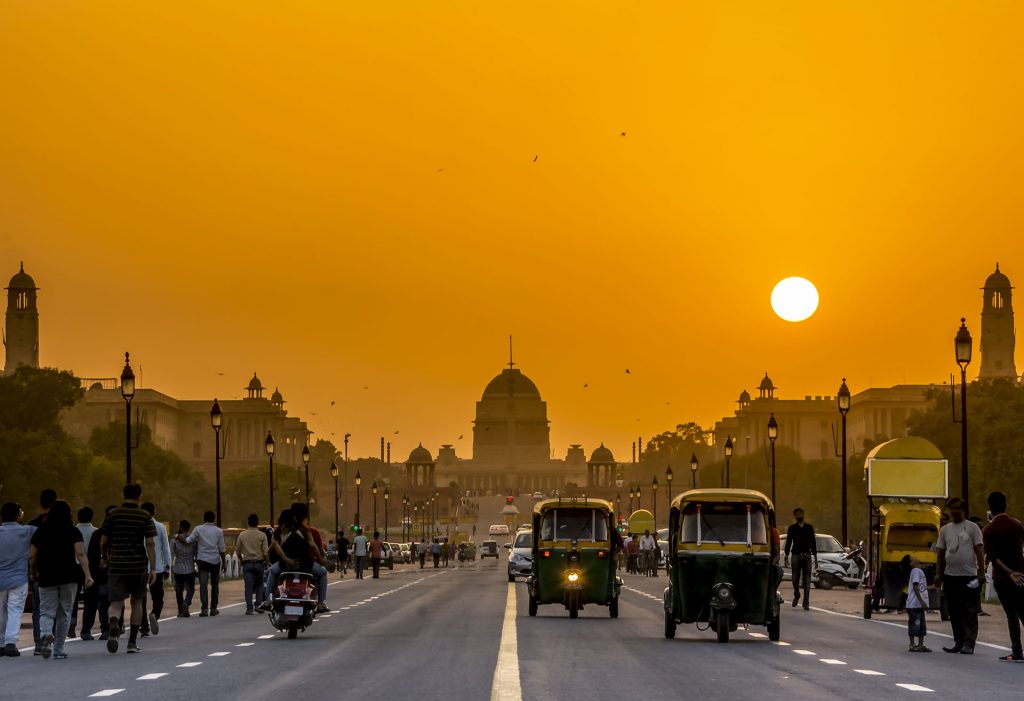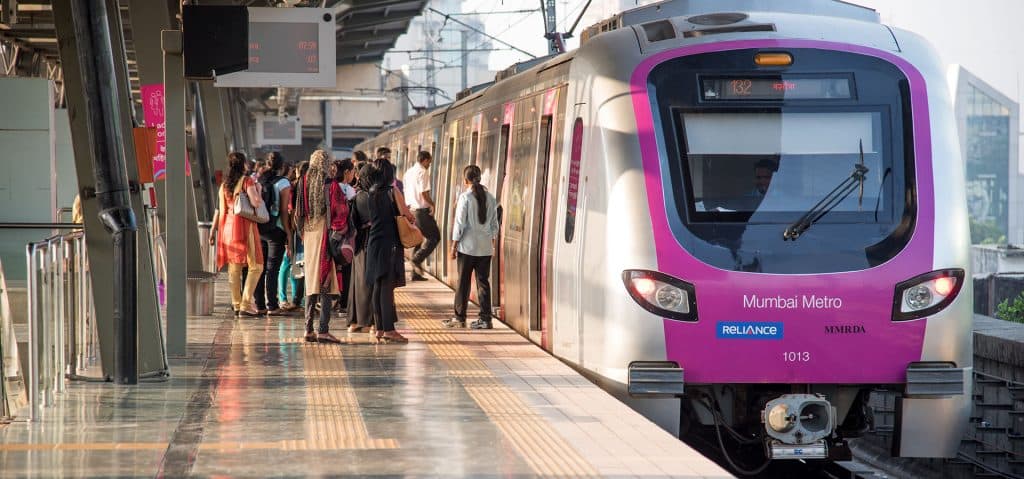
India is forging ahead with one of the world’s biggest infrastructure projects to give the country’s economy the foundation it needs to modernise and create jobs for millions of people.
Inspired by countries like China and Japan that invested heavily in roads, railways, ports and other facilities in decades past to develop their economies into global powerhouses, it is spending up to $100 billion on a corridor between Delhi and Mumbai where it hopes a series of manufacturing and logistics hubs will flourish. Japan, in fact, has leant its support to the project.
Sophisticated and Sustainable
Known as the Delhi-Mumbai Industrial Corridor (DMIC), it stretches for about 1,500 kilometres across seven states between the two cities in the country’s northwest, using a high-speed railway known as the Dedicated Freight Corridor as a backbone. The states include Madhya Pradesh where agriculture is prominent and the more industrially developed Gujarat.
Although the project has suffered setbacks since it was launched by his predecessor more than a decade ago, Prime Minister Narendra Modi recognises its importance. India might be seen by the International Monetary Fund as replacing the United Kingdom as the fifth largest economy in the world, but he refuses to have it rest on its laurels. With the project, he wants it to become more sophisticated and sustainable. He also wants it to contribute to his government’s “Make in India” initiative to attract foreign direct investment.
Although investment in the DMIC will focus on existing cities and manufacturing hubs, it will also develop greenfield sites to spur growth along the entire corridor to avoid overcrowding in Delhi and Mumbai.

Specialised Hubs and Cities
There will be 24 manufacturing cities and zones with favourable tax regimes specialised in sectors such as information technology components, electronics and automobiles. In an area near Delhi encompassing the cities Dadri, Noida and Ghaziabad, for example, the project envisions a logistics and manufacturing hub specialised in industries such as food and biotechnology.
«In essence, the …project is aimed at the development of futuristic industrial cities in India, which can compete with the best manufacturing and investment destinations in the world», reads an overview of the DMIC on a dedicated website.
«Incorporating the philosophy of sustainability and development, each manufacturing city will boast of world-class infrastructure, convenient public transport, power management and efficient water and waste management system», it adds. «Once completed, these nodal towns (along the corridor) will ease the pressure on the burgeoning cities and will be the hallmark of a resurgent India».
Projects include the construction of two airports and two high-speed railways, one of which will be dedicated to cargo that will double the volume of goods transported in the area covered by the corridor. In recent months, officials have inaugurated the opening of a series of intermodal hubs for warehousing, a precursor to the development of so-called freight villages dedicated to the purpose.
There will also be three Coastal Economic Zones linked to three ports to boost maritime trade.
In article published in the December 2018 issue of the ORF Issue Brief published by the Observer Research Foundation in New Delhi, academic Shahana Chattaraj, said the government hopes it will create mass employment for India’s young, urbanising and mostly unskilled workforce.
Doubling employment is one of the objectives set for the DMIC. The others are tripling industrial output and quadrupling exports.
«India is going through a massive transformative phase today», Modi was quoted by the Republic television channel as saying during an official visit to Japan in October. «We’re manufacturing quality products not only for India but for the world. India is becoming a global hub».
Although a part of the transport services for cargo is expected to become operative by the end of 2019, the entire project will take much more time to complete, perhaps 20 years.

